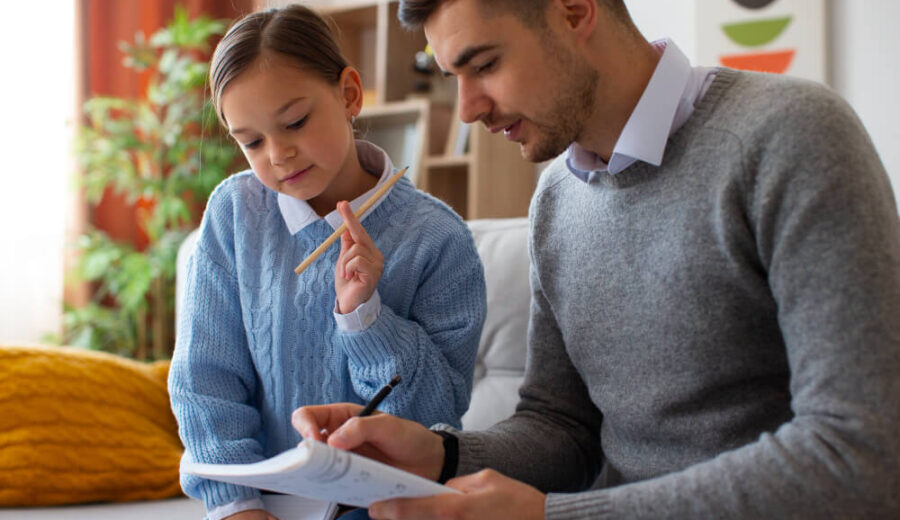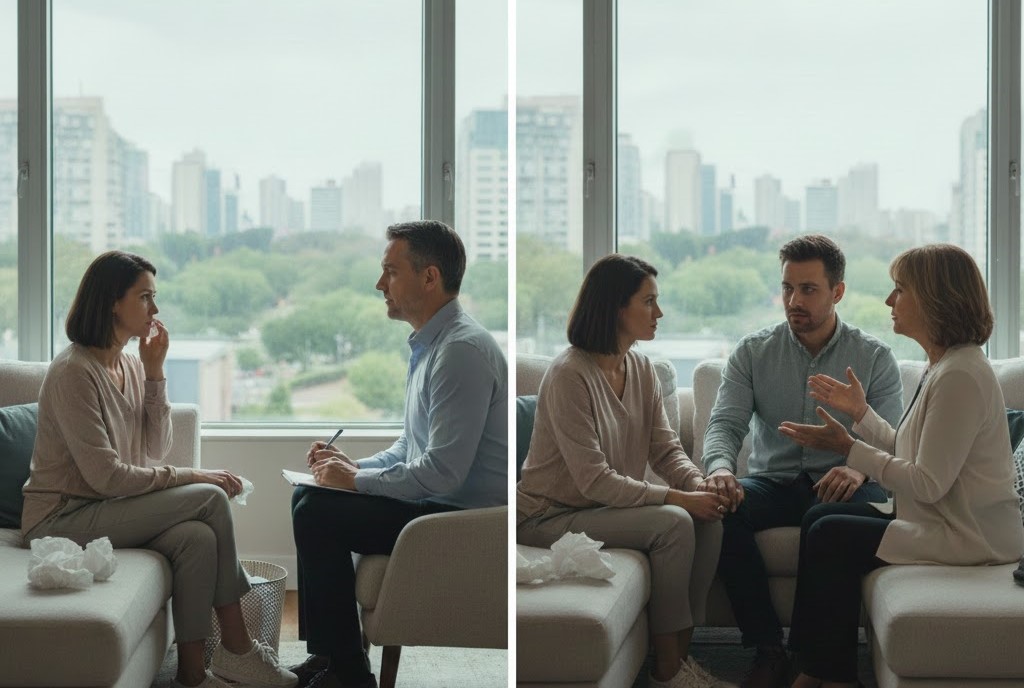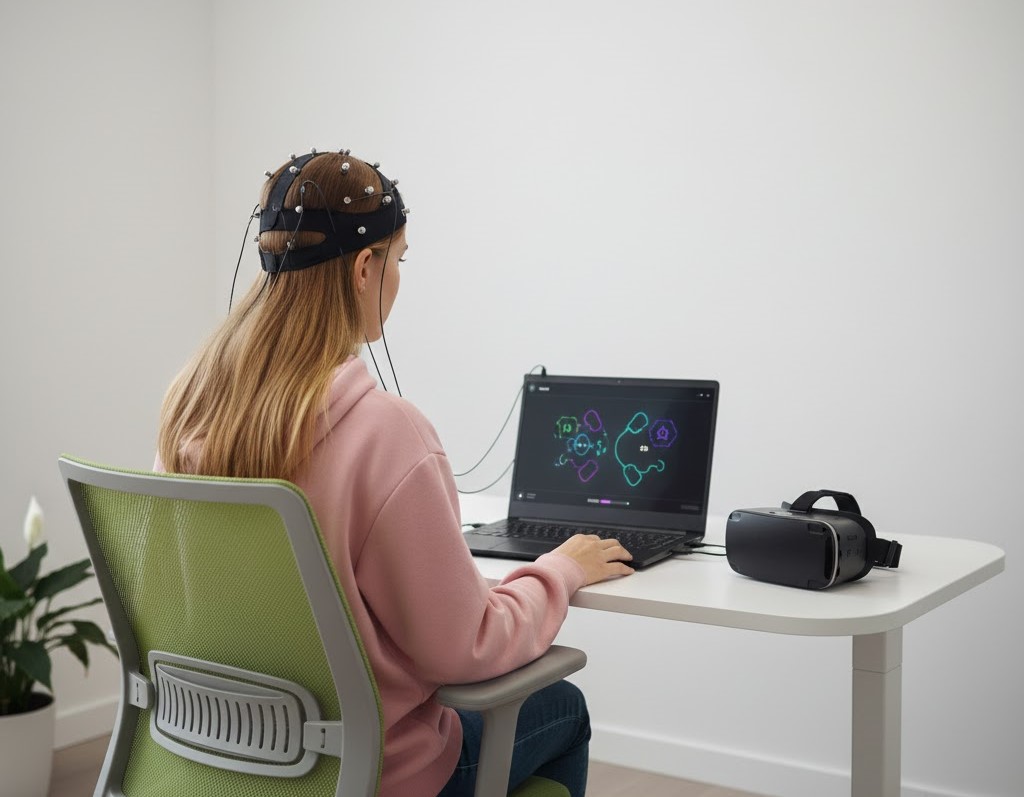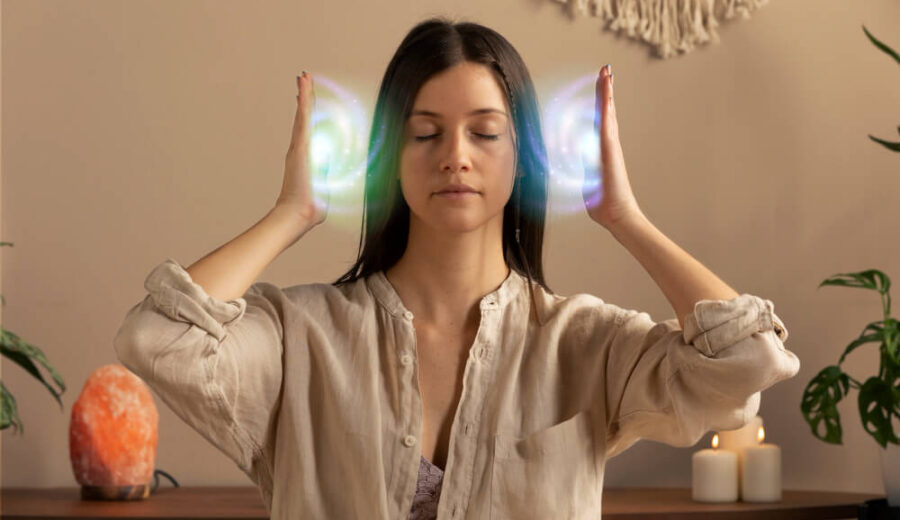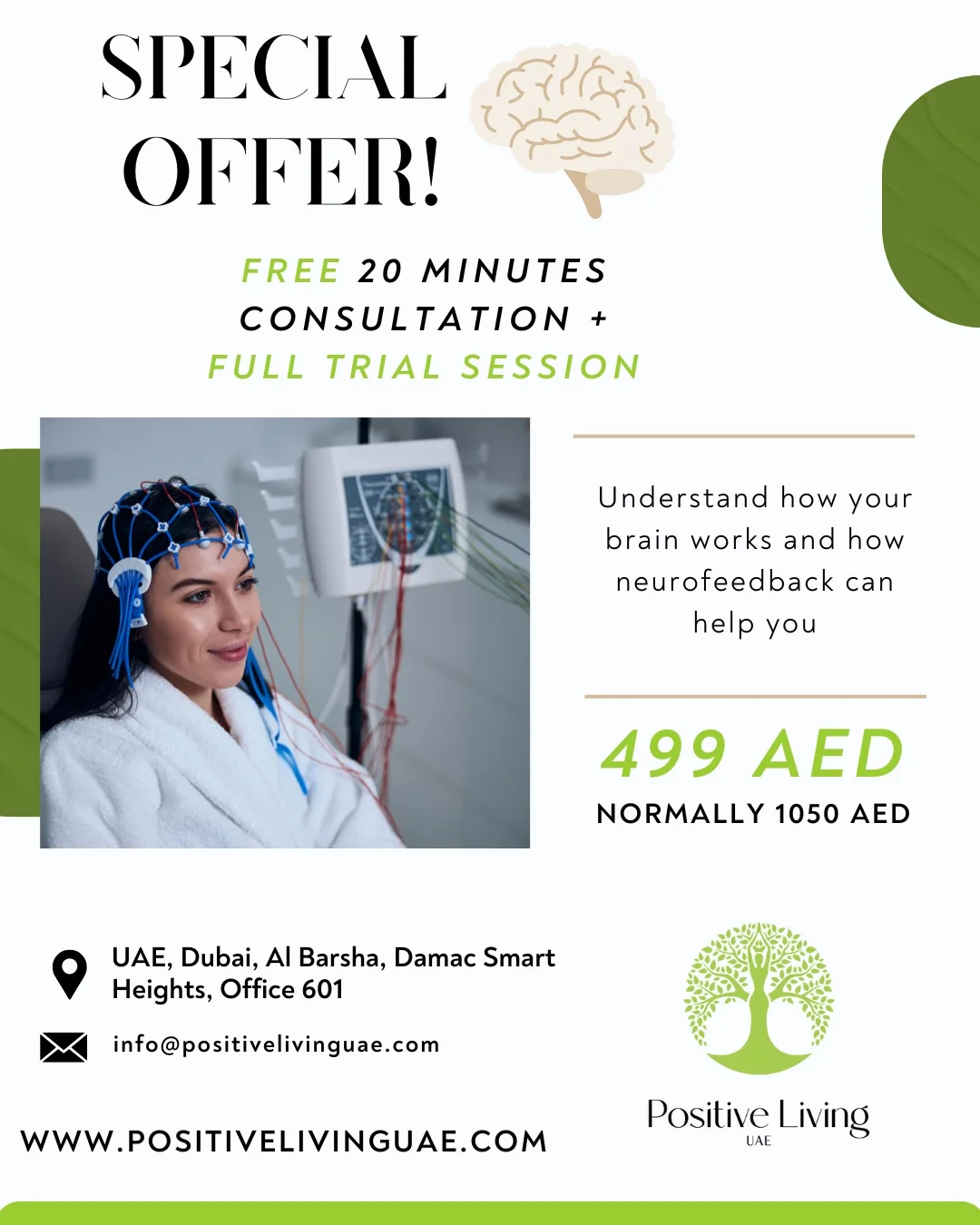Clinical Hypnosis vs Stage Hypnosis: Understanding the Key Differences
Hypnosis is often misunderstood due to its portrayal in movies, television, and live performances. Many people in the UAE hesitate to explore Clinical Hypnosis Therapy because they associate it with stage shows where participants appear to lose control. In reality, clinical hypnosis and stage hypnosis are fundamentally different in purpose, practice, and outcomes.
This article explains the key differences to help you make an informed decision about hypnosis as a therapeutic option.
What Is Clinical Hypnosis?
Clinical hypnosis is a recognised therapeutic technique used by trained and certified healthcare or mental health professionals. It involves guiding an individual into a relaxed, focused state of awareness—often called a trance—where the mind becomes more receptive to positive suggestions.
Purpose of Clinical Hypnosis
Clinical hypnosis is used to support:
- Anxiety and stress management
- Trauma and emotional healing
- Phobias and fears
- Sleep issues and insomnia
- Pain management
- Habit change (such as smoking or emotional eating)
- Building confidence and emotional regulation
Importantly, the client remains fully aware, in control, and able to stop the session at any time.
What Is Stage Hypnosis?
Stage hypnosis is a form of entertainment designed to amuse an audience. Performers select highly suggestible volunteers and guide them to act in exaggerated or humorous ways for public entertainment.
Purpose of Stage Hypnosis
- Entertainment only
- Audience engagement and spectacle
- No therapeutic intent or long-term benefit
Stage hypnosis does not aim to treat emotional, psychological, or behavioural concerns and should not be confused with therapy.
Key Differences Between Clinical Hypnosis and Stage Hypnosis
| Aspect | Clinical Hypnosis | Stage Hypnosis |
| Purpose | Therapeutic and healing-focused | Entertainment-focused |
| Setting | Private, safe, clinical environment | Public stage or show |
| Practitioner | Certified therapist or clinician | Entertainer |
| Client Control | Client remains fully in control | Volunteers may feel pressured to perform |
| Goals | Emotional well-being and personal growth | Audience amusement |
| Ethics | Guided by professional and ethical standards | No clinical or ethical framework |
Common Myths About Hypnosis (Debunked)
“Hypnosis means losing control”
False. In clinical hypnosis, individuals remain conscious and aware throughout the session.
“A hypnotherapist can make you do things against your will”
False. Hypnosis cannot override personal values, beliefs, or consent.
“Clinical hypnosis is the same as stage hypnosis”
False. Clinical hypnosis is evidence-based and goal-oriented, while stage hypnosis is purely for entertainment.
Why Clinical Hypnosis Is Safe and Effective
Clinical hypnosis is supported by research and is widely used as a complementary therapy in mental health and wellness settings. When delivered by a qualified professional, it is a safe and respectful process that empowers individuals rather than controls them.
At Positive Living UAE, clinical hypnosis is used as part of a holistic, client-centred approach to support emotional well-being and personal growth.
Which One Should You Choose?
If you are seeking:
- Emotional healing
- Stress or anxiety relief
- Behavioral change
- Personal development
Then, clinical hypnosis therapy is the appropriate and ethical choice.
Stage hypnosis, while entertaining, should never be considered a therapeutic solution.
Final Thoughts
Understanding the difference between clinical hypnosis and stage hypnosis helps remove fear and misinformation. Clinical hypnosis is a respectful, evidence-informed therapy focused on helping individuals lead healthier, more balanced lives.


